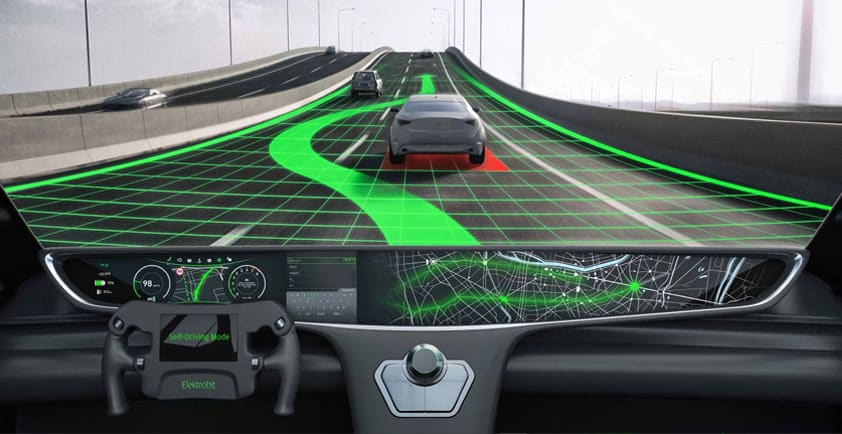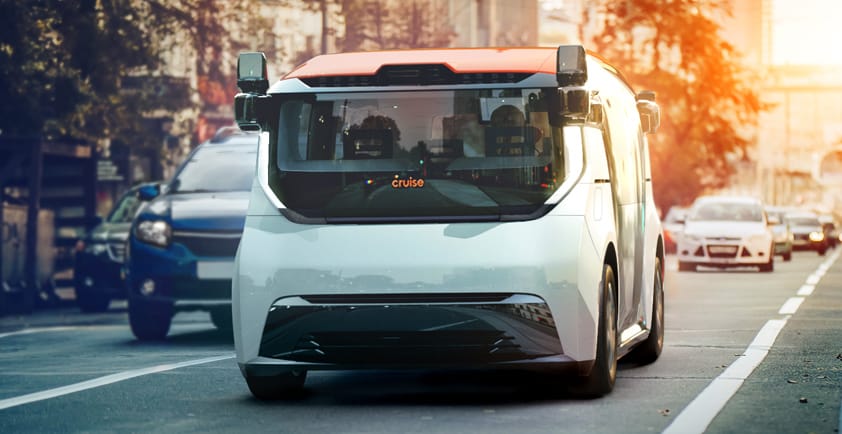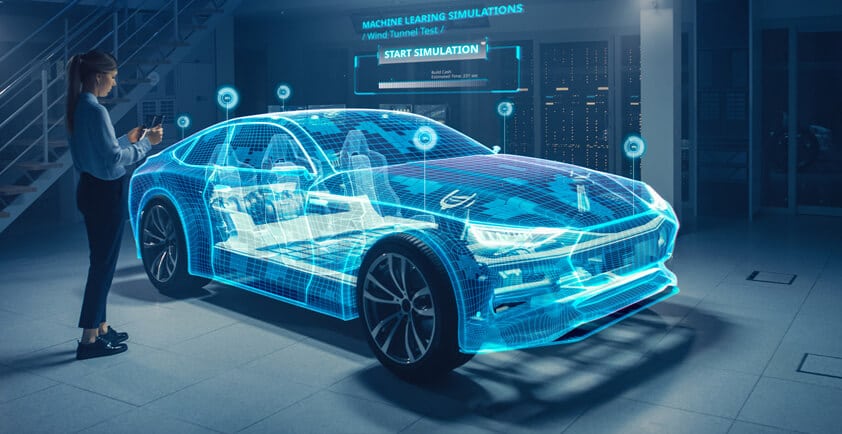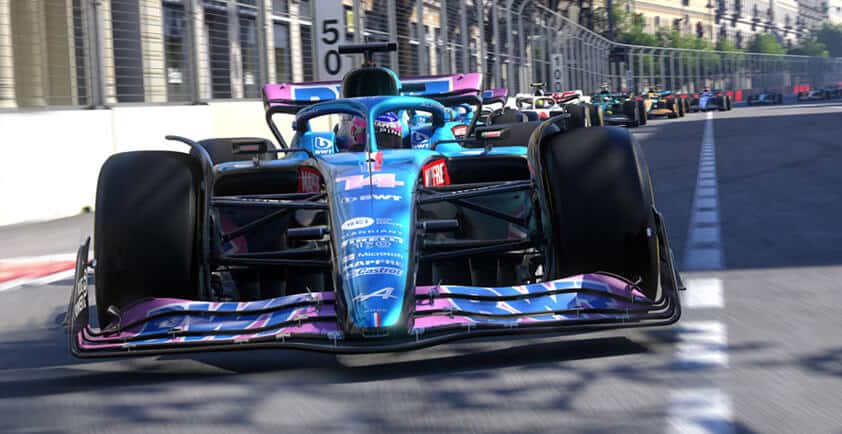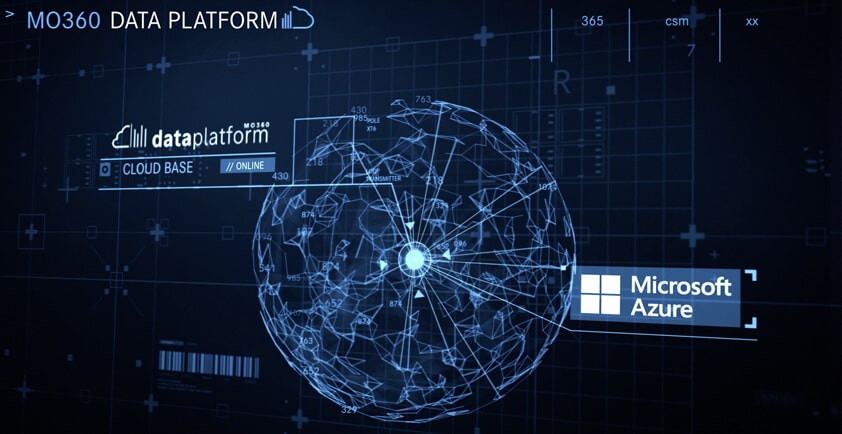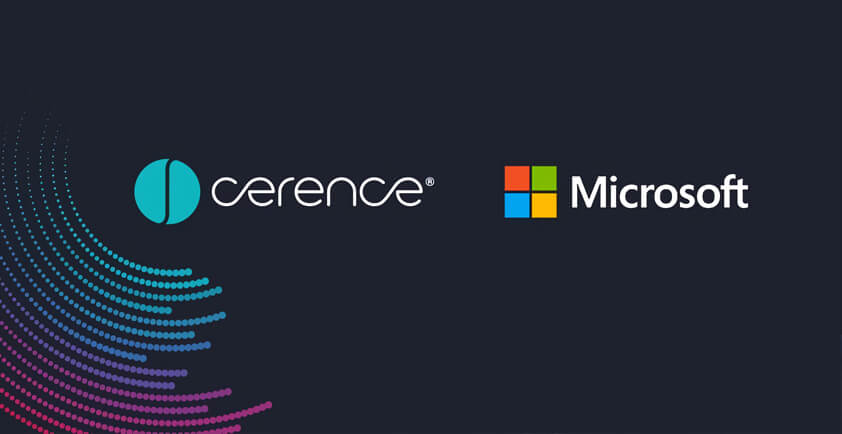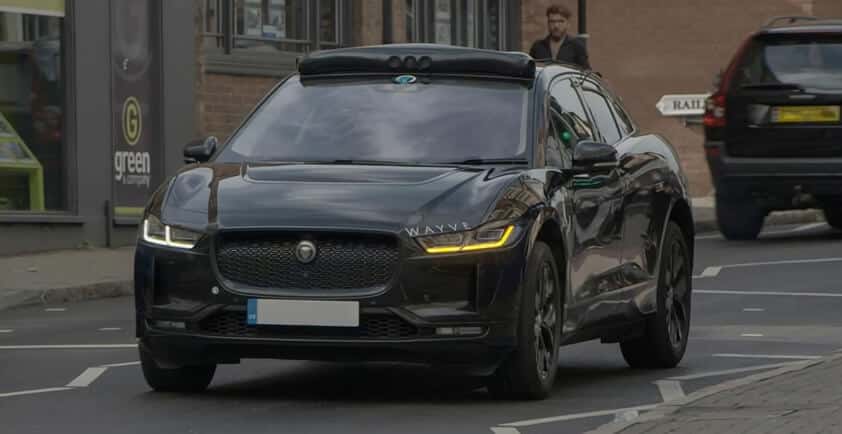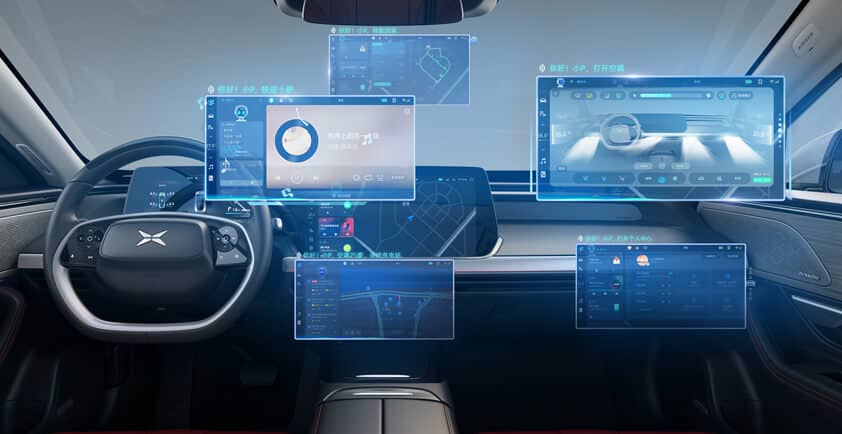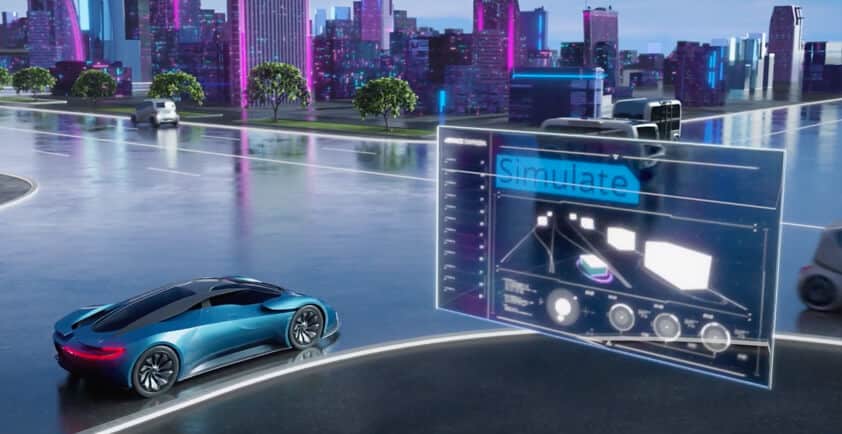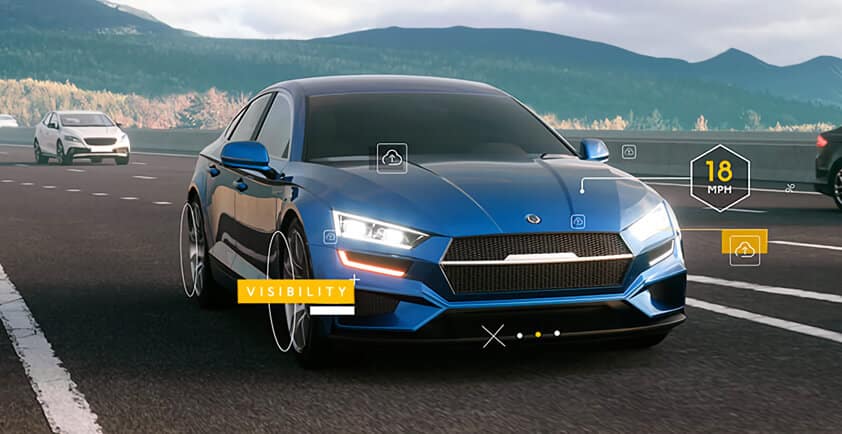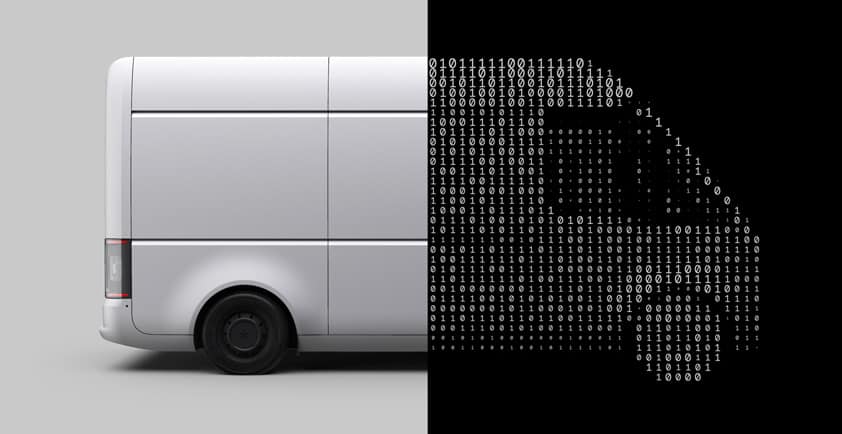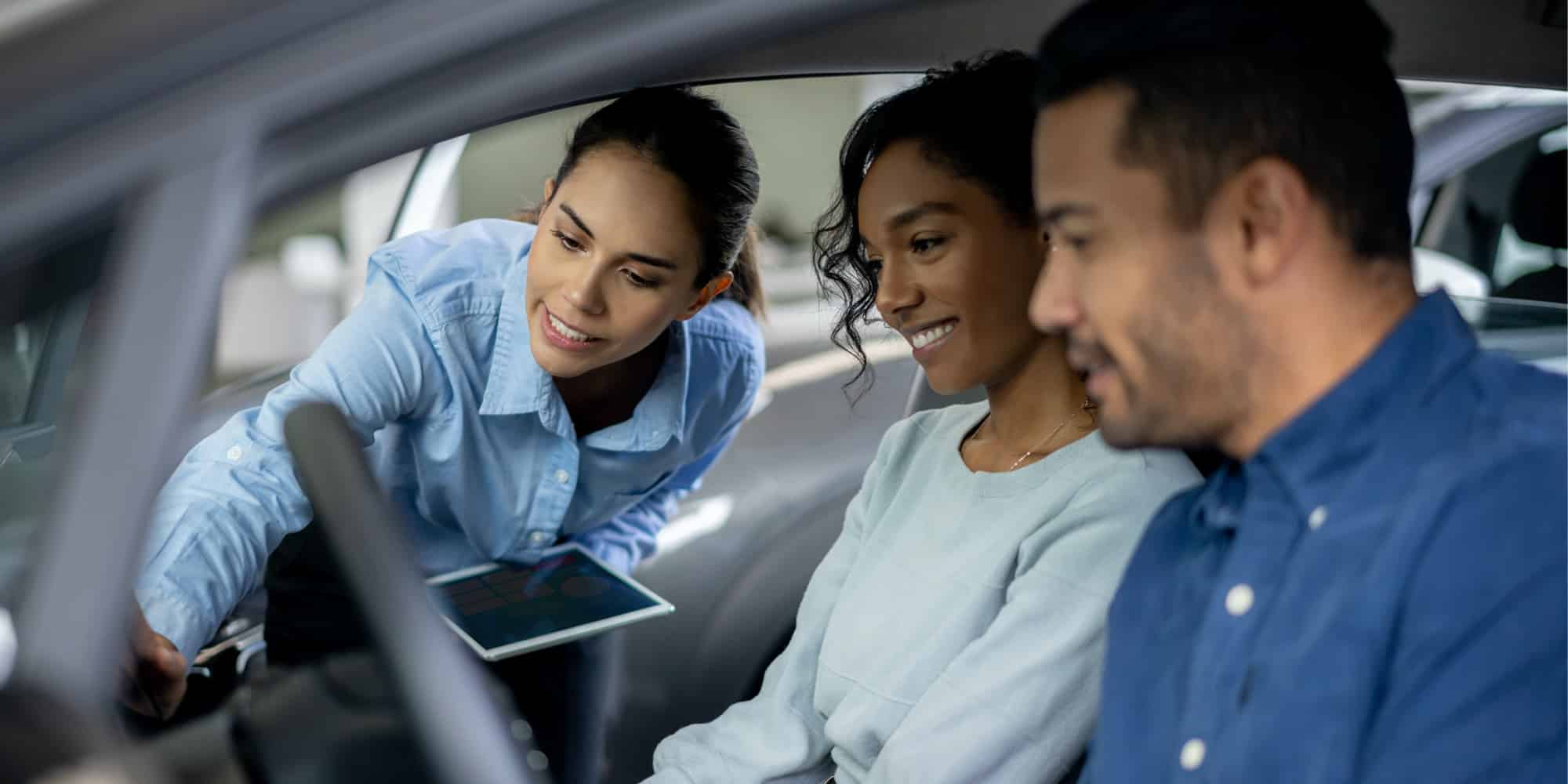

HOW DATA IS TRANSFORMING THE AUTOMOTIVE RETAIL EXPERIENCE
Driving is data. By 2030, virtually all new cars will be connected devices, datacenters on wheels. For drivers, those lights and gauges on the dashboard, images on the screen, and cameras mean it’s safer and more efficient than ever to get around the block or across the country. Cars do just about everything these days but the driving. And, well, of course, that’s coming too.
But as important as data is to drivers, it’s also invaluable to the automotive industry—learn more by viewing the on demand Microsoft Auto Industry Digital Forum: The role of data, AI and standards in automotive retail innovation. It is a way to understand more clearly than ever before who customers are and what they want. Habits, preferences, the basics a buyer won’t do without, along with features they might or might not insist on, but that might make the difference in a sale. Again, looking ahead to 2030, another expectation is that up to 30 percent of new revenue for the industry will be generated through on-demand mobility services and data-driven services. Drivers, in short, want connected cars. The additional revenue this is estimated to generate is extraordinary, as much as $1.5 trillion. What a car looks like and how many people and things you can fit into it still matter, of course, but there’s a lot more on the mind of potential customers these days. 85 percent of automotive executives agree that the digital ecosystem is expected to eventually generate higher revenue than the hardware of the car itself.
The challenge is not amassing the data. That’s happening. Insight, seeing into the data, is what matters most. That’s the focus of STAR, Standards for Technology in Automotive Retail, which for 15 years has been a non-profit organization composed of dealers, manufacturers, retail system providers and automotive-related industry organizations. STAR is the IT standards organization for the automotive industry. STAR works to share data seamlessly among every player, from the executive suite to the showroom and factory floor. Amid the ever-accelerating complexity of data sources and formats, it all can fragment, flying off in too many directions across a vast, global industry. But when applications and processes can be readily accessed, which STAR enables, they empower customer experiences. And that encourages loyalty, linking the auto industry and car buyers together, across the digital distances.
Microsoft believes in STAR. Our partnership is vibrant. We’ve joined forces to share our common mission of taking the automotive industry to the next level, tapping the immense, really limitless potential of data when it can be transformed into understanding.
Rafael Maldonado, Chairman of STAR and Vice President and Chief Information Officer for NADA, has said, "STAR is focused on transforming the automotive retail experience through secure, reliable and efficient use of data. As the automotive sector moves toward more agile, digital processes, we are energized by Microsoft’s leadership and their support of industry standards that reduce cost and complexity for dealers, while increasing efficiency, innovation, and returns for our STAR members."
It’s all about unleashing automotive data’s full potential and unlocking insight. Microsoft’s Common Data Model (CDM) for Automotive is an example of activating a data foundation to transform the automotive customer’s experience. The Automotive CDM was developed with input from the STAR standard, working as well with other thought leaders across the industry, and with a steering team of global customers and partners. This is deep collaboration that’s resulted in a streamlined, open CDM that reflects common automotive scenarios, distilled learnings from data model challenges of the past, while ensuring adherence to current shared standards. The result is a common automotive data language across the industry.
The Automotive CDM maps incoming data from business applications, processing it to standard CDM entities, and enhancing that with further automotive-specific approaches to retail, including sales and service. "Service" is a broad term here, encompassing repair order management, warranties, inspections, service contracts, scheduled service, and more. Connections are created where there were none, through logical relationships and groupings, at a very practical, real-world level, like the daily operations of an automotive dealership. Across the industry, this shared data layer solves problems, seamlessly.
Aligned, STAR and the Automotive CDM continuously lower barriers to innovation for dealers and OEMs. Within the consistent structure of standards, a richer customer experience emerges, and back-office operations are also streamlined, by further tapping the power of the breadth of the Microsoft technology stack—Azure, Microsoft 365, Power Platform, Dynamics 365, and more.
The shared data language of STAR and the Automotive CDM means a more personalized customer journey. When data about customer preferences is in the cloud it becomes possible to tailor a retail journey. From the first online exploration of what someone needs from a new vehicle to engagement with a salesperson digitally or in the showroom, artificial intelligence (AI)-driven insight becomes a powerful tool to empower the personalization customers like, and increasingly expect. Meaning special deals, the right features, creative financing, warranties that fit. Storing personalized information in a unified data model enables the sales manager to have a quick, accurate, 360-degree view of the customer in a dashboard that’s integrated with collaboration tools designed to further help staff be at their best.
It’s a journey that doesn’t end when the customer drives away with a new car. Far from it. Customer satisfaction becomes an empowered, ongoing commitment. Proactive maintenance via service alerts, offers and other notifications sent directly to the customer’s phone, standardized data using aggregated internet of things (IoT) data, enhance every aspect of buying and selling a car. A car owner is connected to their dealership with information about the status of their vehicle, from scheduling services to maintenance reminders to pricing transparency, all of it available with a touch of the car app.
Mobility is always critical. Companies can integrate mobility offerings directly into the customer journey to enable ride shares, vehicle loans, subscription services, and related options. If a customer needs a car for the weekend, for example, they can explore other vehicles and services in the brand family of their own vehicle.
Buying a car is a very personal decision. It’s a big deal, whether it’s a first car or what you plan to drive into retirement. Companies that understand the power of technology, with resources like STAR and Microsoft Common Data Model for Automotive, go beyond merely treating a purchase like a transaction. They consider it a relationship, engagement with someone they know, care about, and want to see again. That’s how to inspire an initial customer journey and many more after that. That’s the real power of technology, of insight from data in the automotive industry—bringing people and businesses together with a personal touch to build brand loyalty that just may last a lifetime.
Author - John Reed, Solutions Leader, Automotive, Mobility & Transportation Industry
